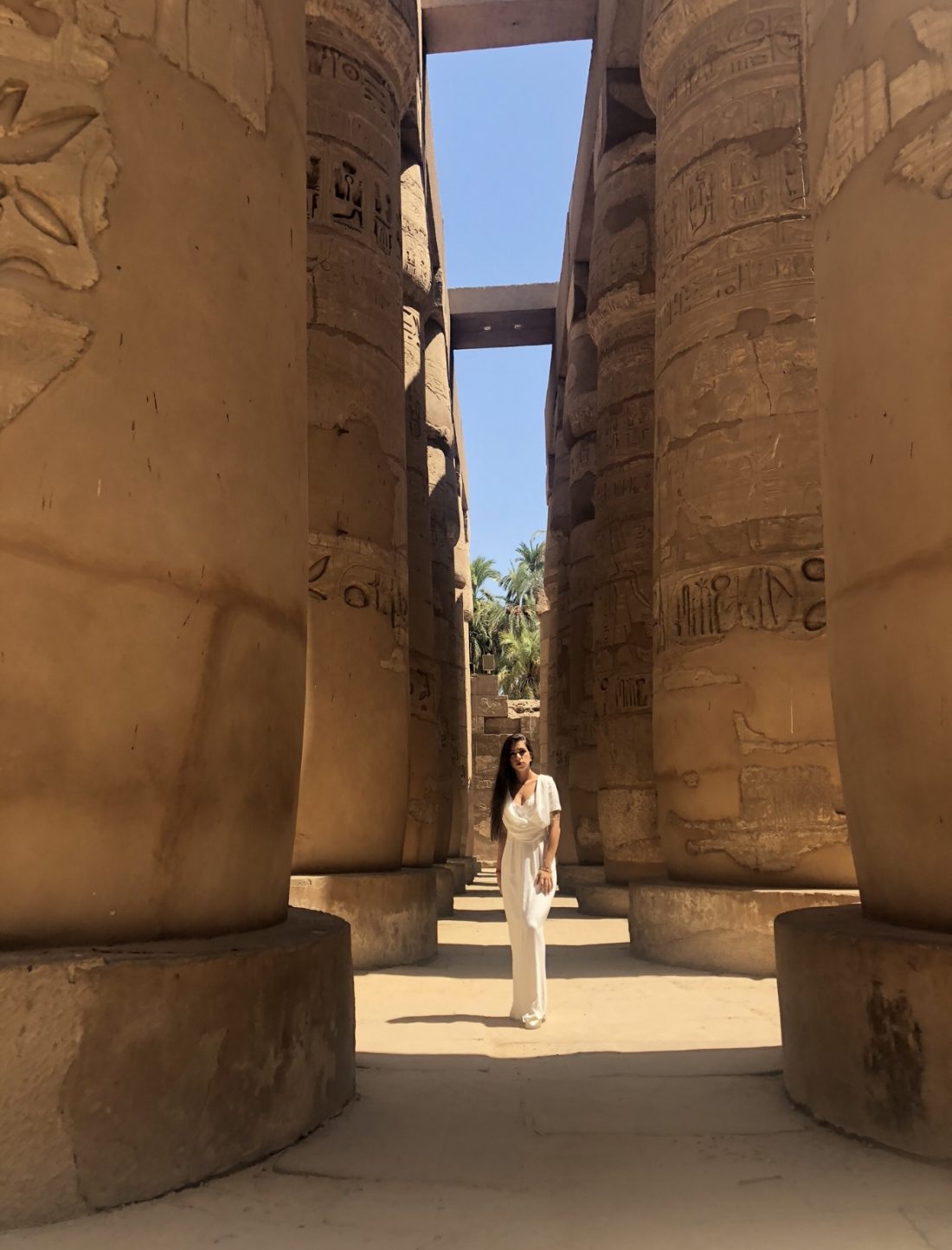
Walking through the ancient city of Theba (Luxor), Egypt
I dreamed, I wished, and I waited so long to get to Egypt, and here I finally did it.
Little by little I was fascinated by this world, I never get enough to read books about the pharaohs, about the life there, about all those mysteries. It’s just fascinating. When you get there and drown and breathe among the wonders of the world, you feel you do not need anything else.
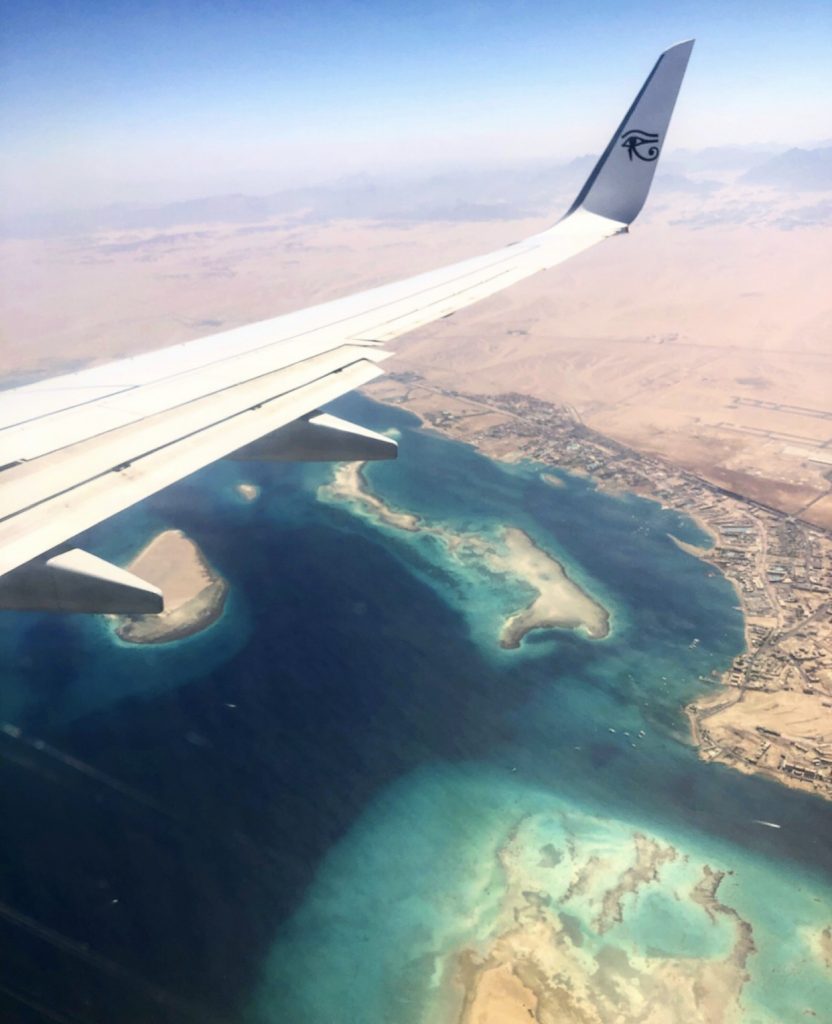
Beyond history, culture and religion, Egypt is also a treasure from the point of view of art, gastronomy and entertainment.
I’ll give you all the details of our visit to Luxor, the former city of Teba, but first I will write to you more about our trip to Egypt.
We managed to get there in August, I know everyone recommends not to go in the summer months, but I did not mind. I love the warmth and the sun, so when the wind blows and I feel the hot air as I walk through my hair, it just seemed wonderful! In addition, the temperature was not much higher than in Greece during the same period of the year. So if you like Greece in the summer, you will surely like Egypt as well.
To go to Egypt you need: Tourist Visa.
The travel document used ( passport or temporary temporary passport) must be valid for at least 6 months from the date of entry into Egypt. The tourist visa can be obtained very simply at the airport, the cost of which is about 25 USD.
We chose the resort of Hurghada and it was more than perfect because we were at a reasonable distance from both Luxor and Cairo, so we managed to see everything we set out. About the trip to Cairo we will discuss in the following article.
Travel tips. Just as you get to the hotel there will be a tourist guide that will show you the package of excursions, which of course, bought from it are more expensive. Many people dropped out of the first day to buy their excursions, we were not exactly what we wanted, so this time of respite was a great advantage. We also found other agencies doing the same trips and having the half price. Of course, everything is at risk, because you give them the money, they give you a little paper that you pay for it, but -2 days a day you do not know if the car will come to pick you up from the hotel. Ha ha. But fortunately we were lucky. We had a “private trip” and a guide just for us.
About the Hotel and the services there I want to mention that they were impeccable, the hotel very beautiful, spacious rooms, clean, with a huge balcony that you could admire the sunrise, and the hotel’s beautiful beach too. I read many opinions before we chose the hotel and many people were dissatisfied with the beach, the beach, the conditions. It was great for us. I recommend from the heart Continental Hotel.
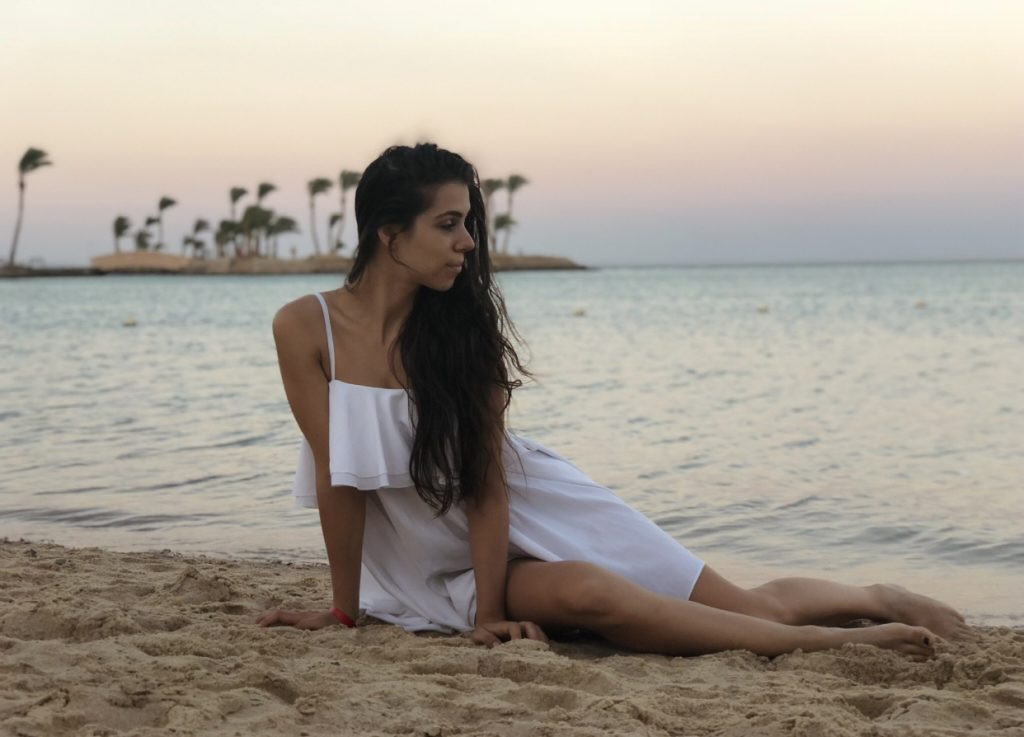
From Hurghada to Luxor, it takes about 4 hours by car.
One of the most glorious cities of antiquity was Thebes, the great metropolis of southern ancient Egypt. You were the capital of the Upper Egypt and many centuries of the great kingdom. In close competition with Memphis in the north, Teba has long been the largest city of the ancient world reaching its peak between 1500 and 600 before our era. Today, on the ruins of Thebes is the modern city Luxor on the eastern bank of the Nile, and on the west bank is the realm of the dead with dozens of funerary temples and the renowned Valley of the Kings.
In the Egyptian faith the eastern bank of the Nile was the land of the vineyards where both the pharaohs and the common people lived. This is where life unfolded in ancient Egypt. The western bank was instead the land of the dead where the pharaohs who were building graves were buried to make the journey to the afterlife.
1. The first stop was at the Karnak Temple.
As I walked through the temple and marveled at everything I was seeing, I felt overwhelmed by the thousands of years of history that appeared before me.
The Amon-Ra Temple in Karnak is the most important building of the monumental complex and the largest edifice with a religious destination ever built. The ancient name of the city was Ipetisut (“most of the places”), reflecting the superiority of the temple over other Egyptian worship buildings.
During the 18th dynasty, Theba becomes capital and acquires a great religious importance. The two goddesses Ammon (the god-bull of the wind) and Ra (the sun god) merge into one divinity, Amon-Ra whose cult begins to grow, so Amon-Ra becomes the strongest Egyptian god. Architecturally, religious change is illustrated by the replacement of pyramids with the construction of funerary temples, temple churches, or temple dedicated to deified pharaohs.
The vast expanse and complexity of the archaeological site is the result of two thousand years of construction. The total area of the temple is approx. 30 hectares.
In antiquity, the Karnak temple was linked to the Temple of Luxor, on both sides of which sphinxes were installed. In Karnak, this road ends at the tenth pillar of the temple. This 2-mile Sphinx alley is currently restored.
Construction method: They used non-brick ramps to lift the stone blocks at high heights.
But the pride and excitement of this ipet, the “most venerated place,” is found right after the second entrance: it is a sensational hippostil saloon, a labyrinth immortalized in films.
A trunk forest with 134 trunks: the 12 in the center are surmounted by capillaries in the form of loose papyrus, the other 122 by a captive closed, in the form of a goblet.
To the right, another monument is remembered by any guide and any tourist: the sacred scarab, one of Ra’s oldest symbols, which ensures the realization of wishes if you turn it three times in the counterclockwise direction. Alongside the sacred lake, once there were rituals, while today on its shores there are “sound and light” shows for tourists.
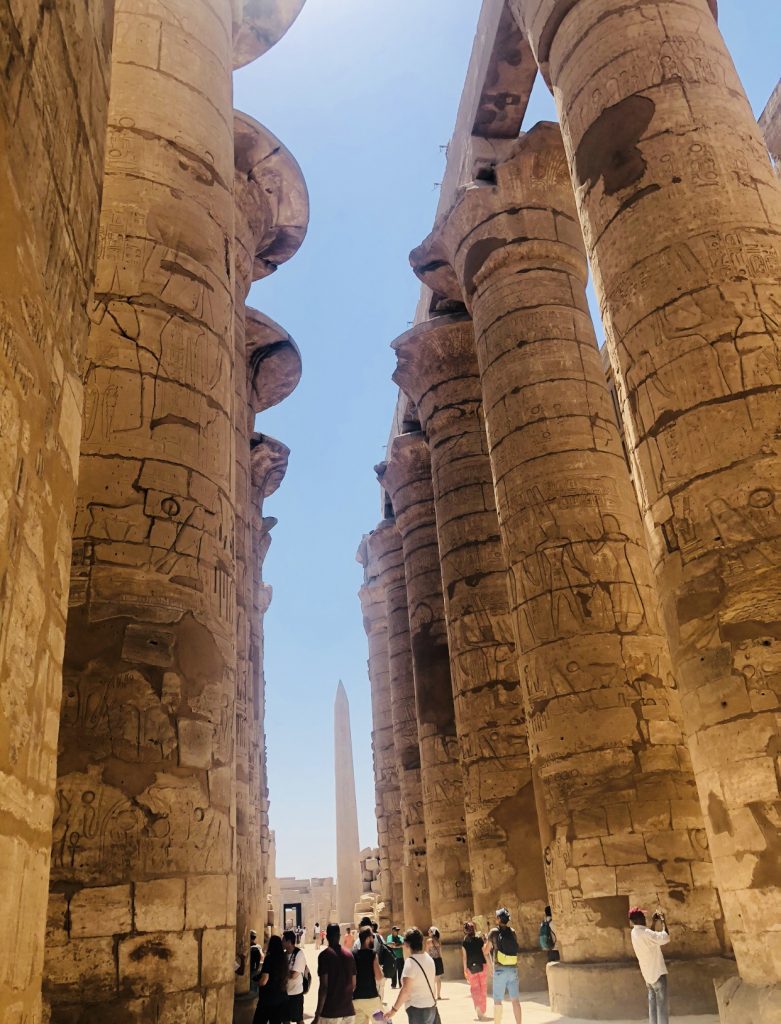
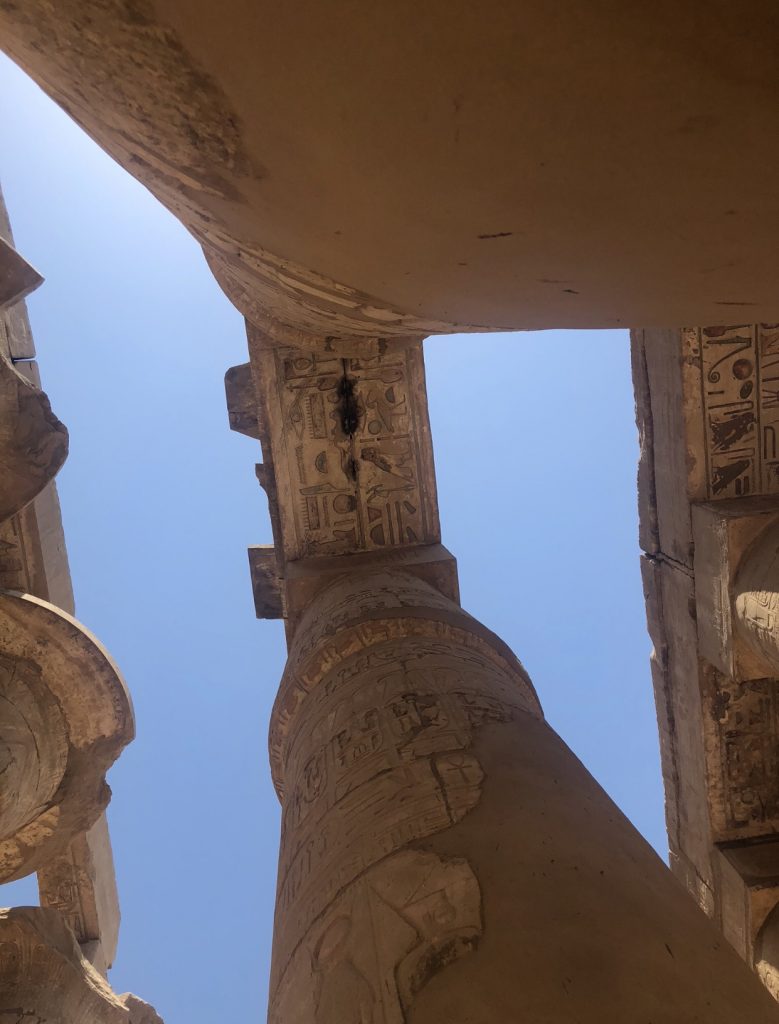
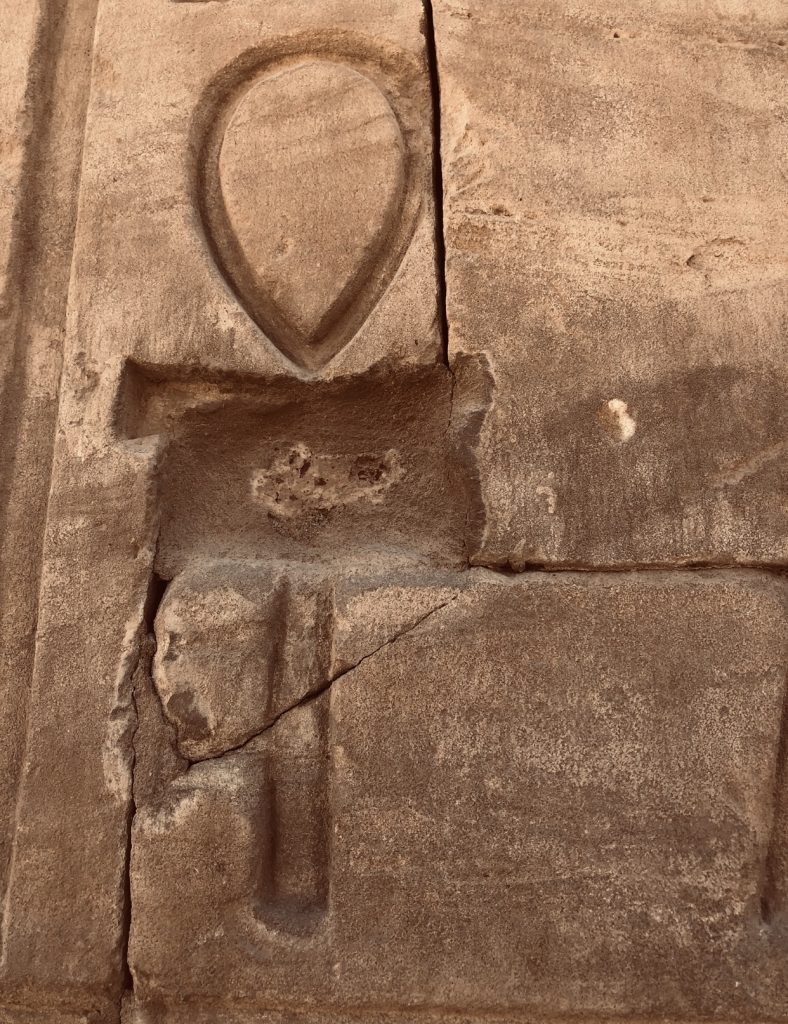
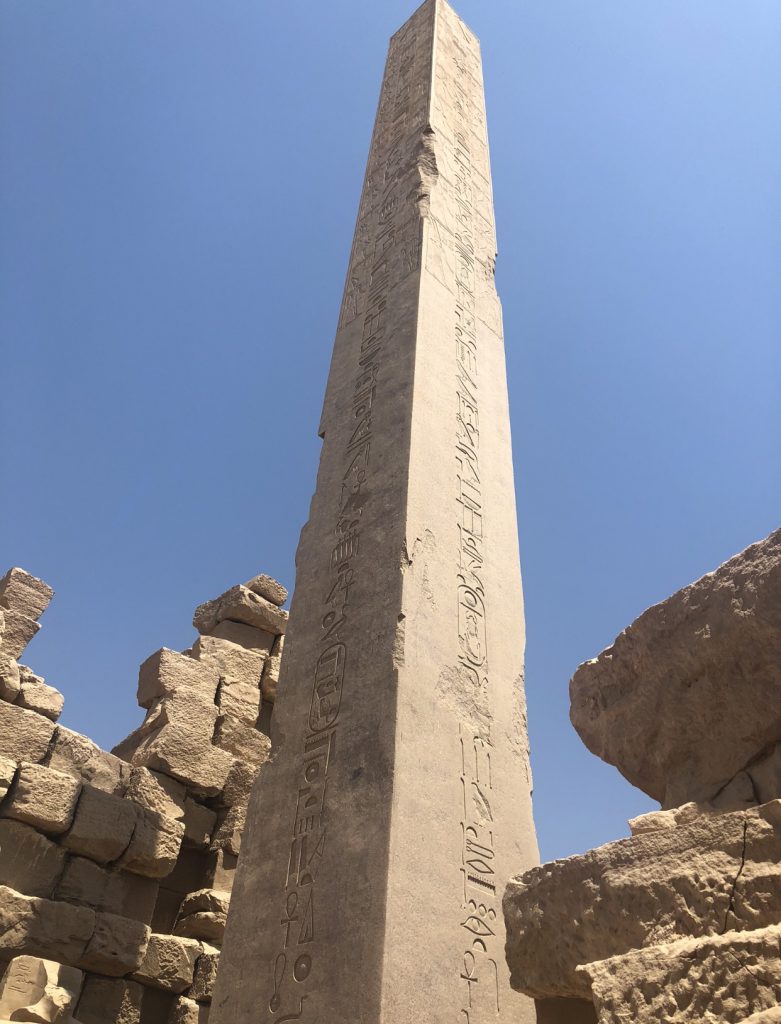
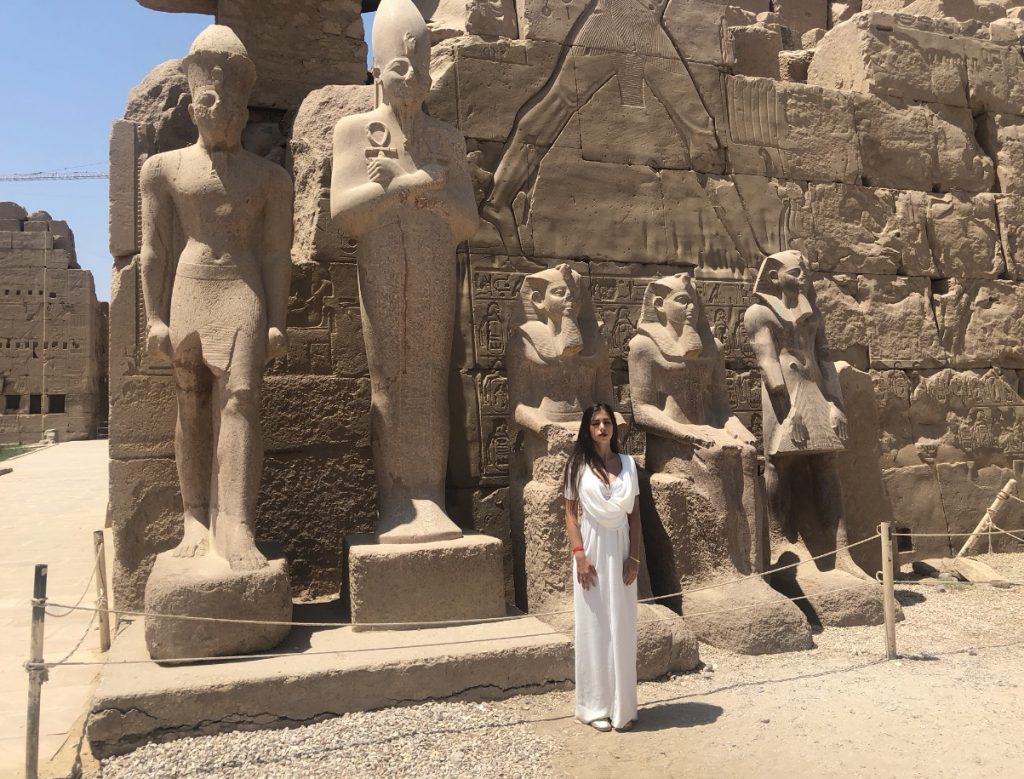
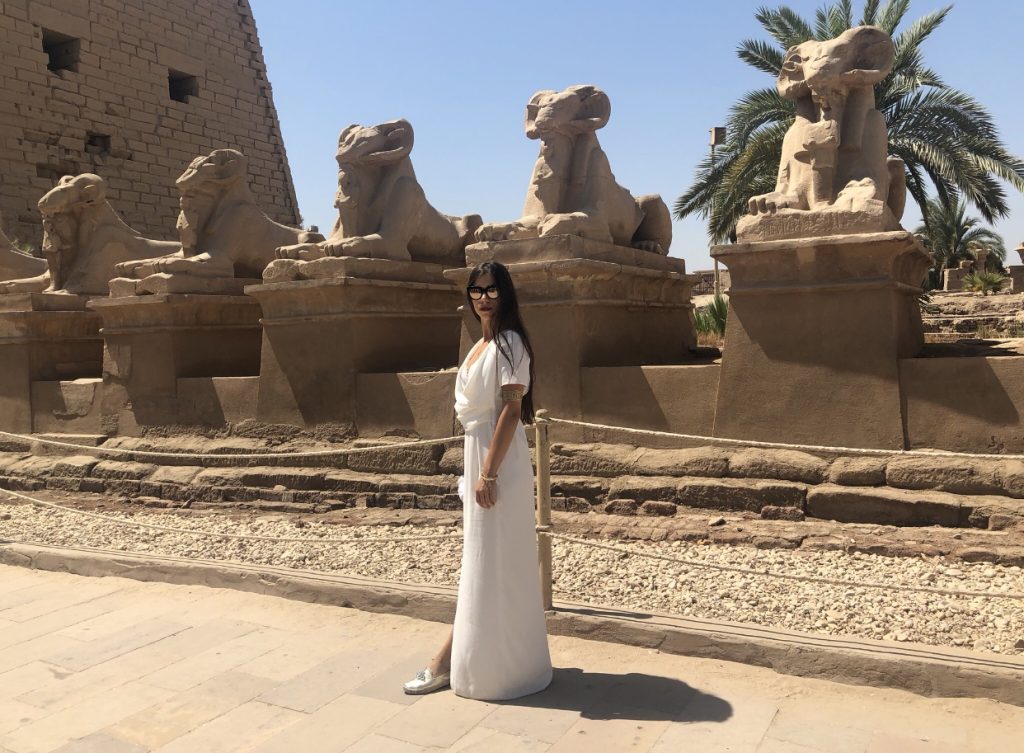
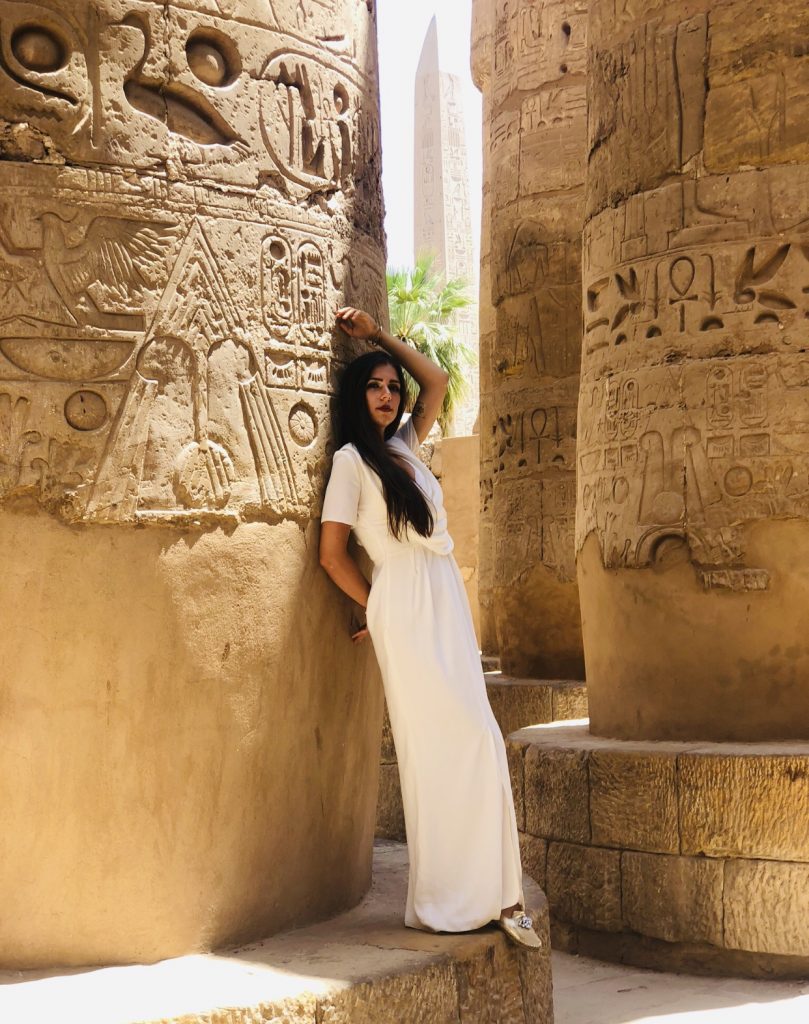
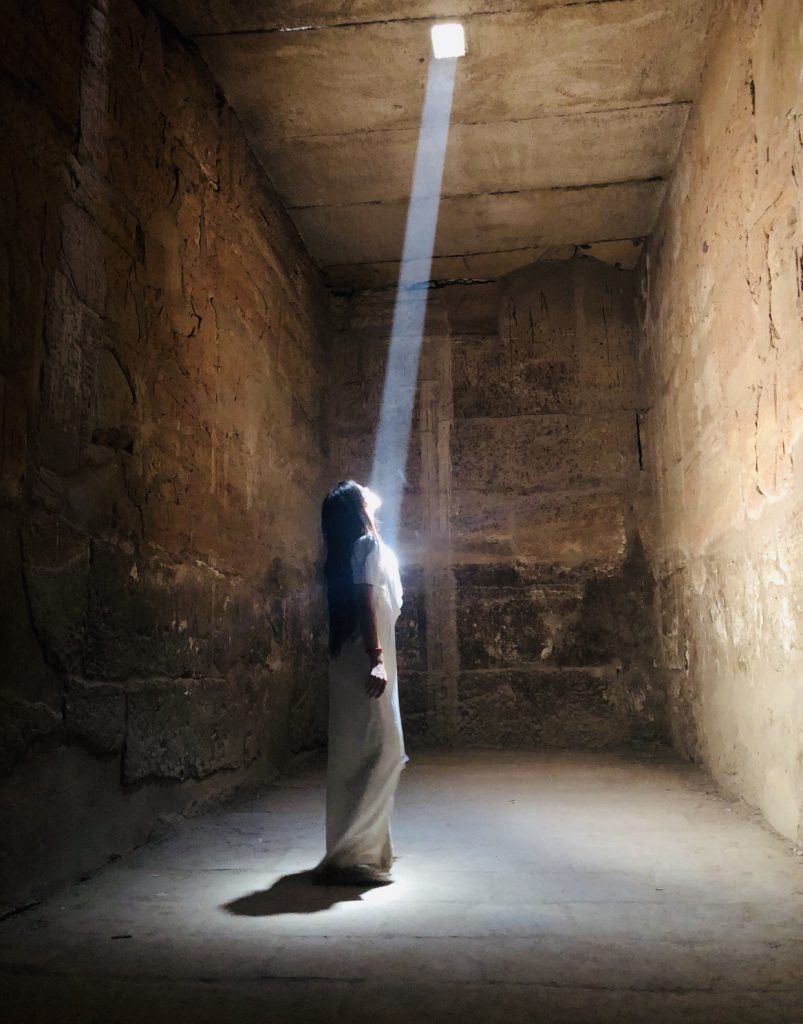
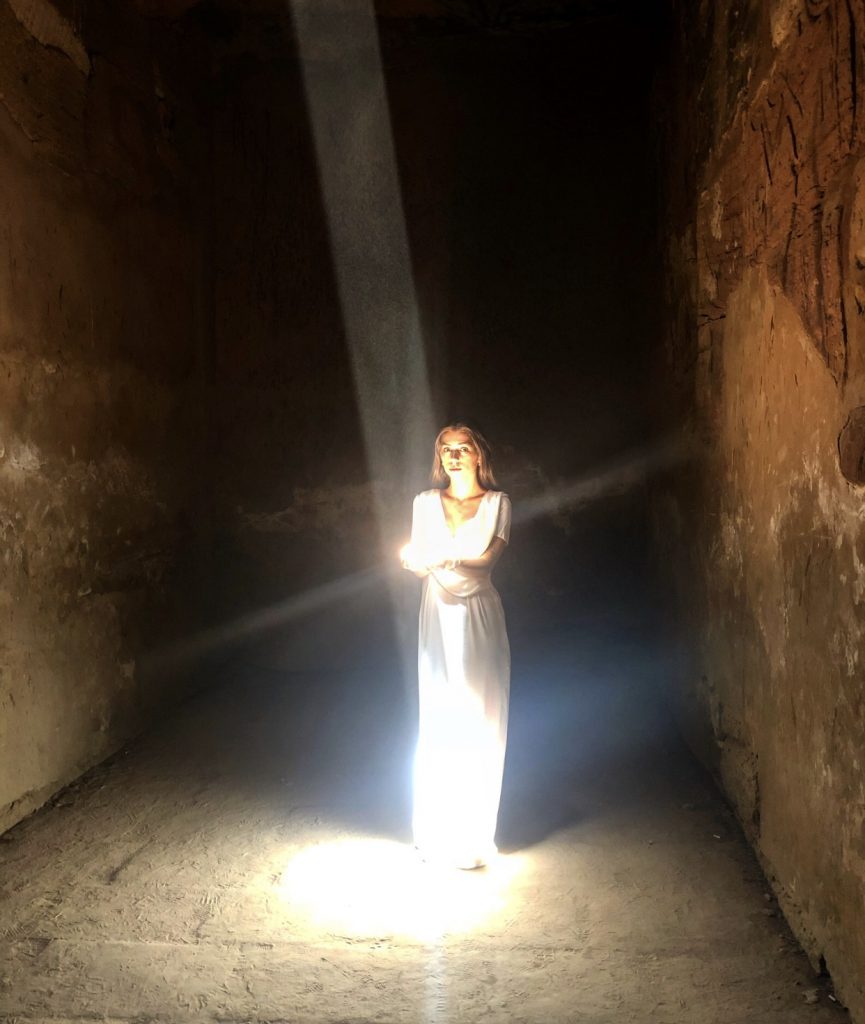
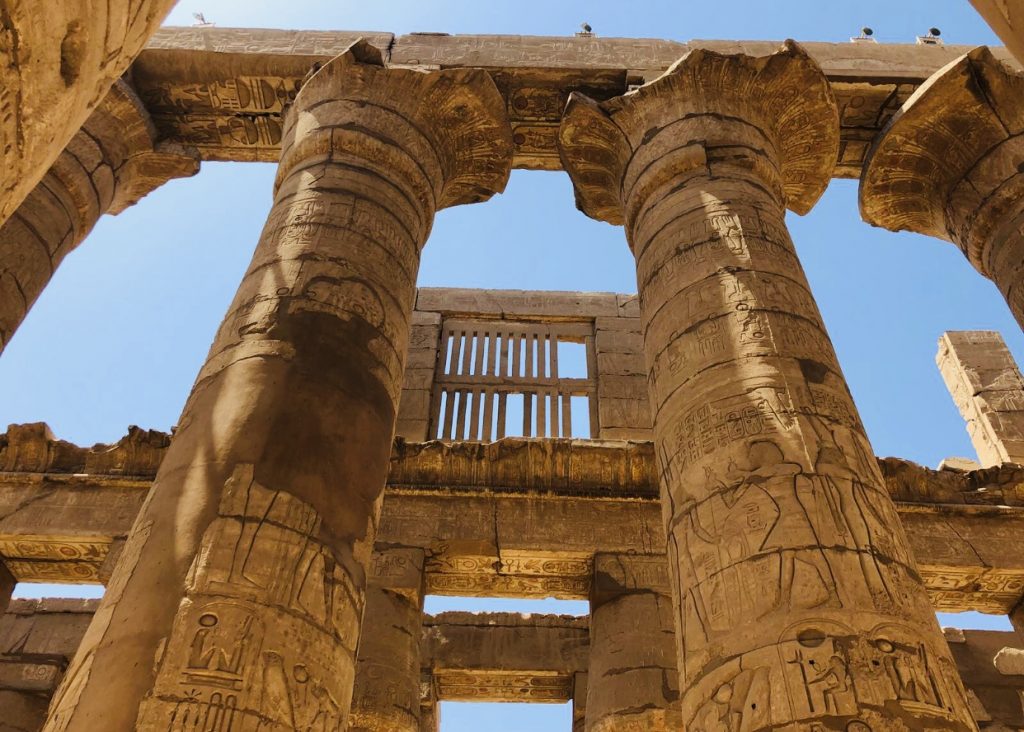
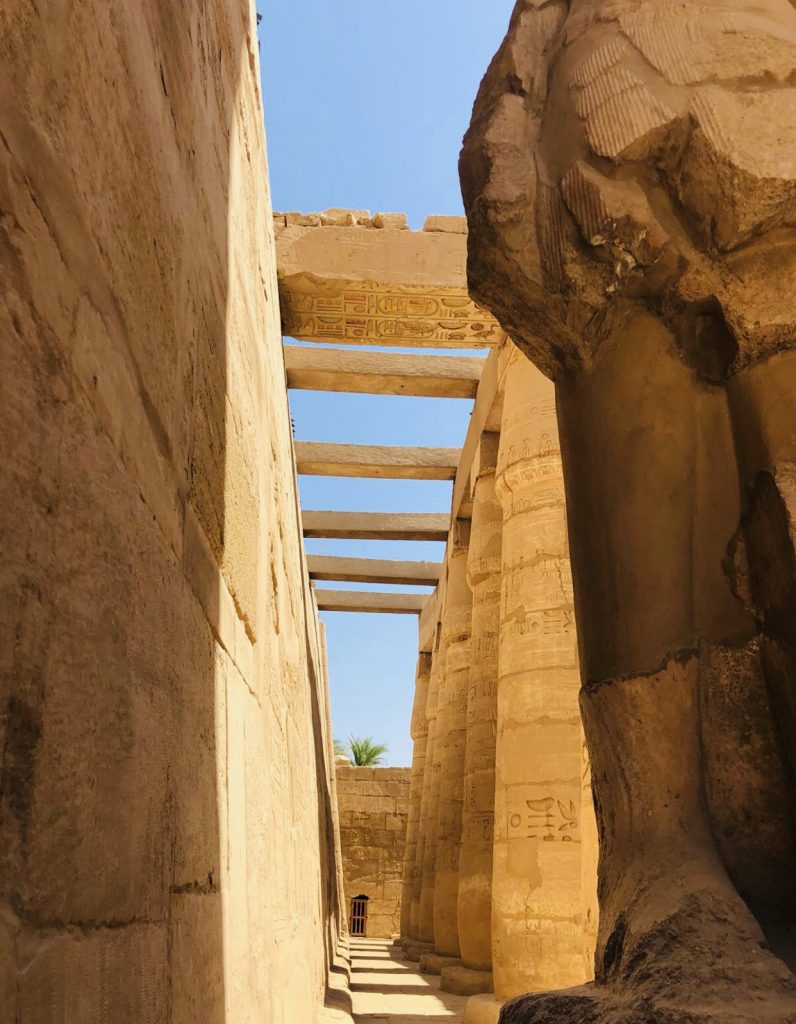
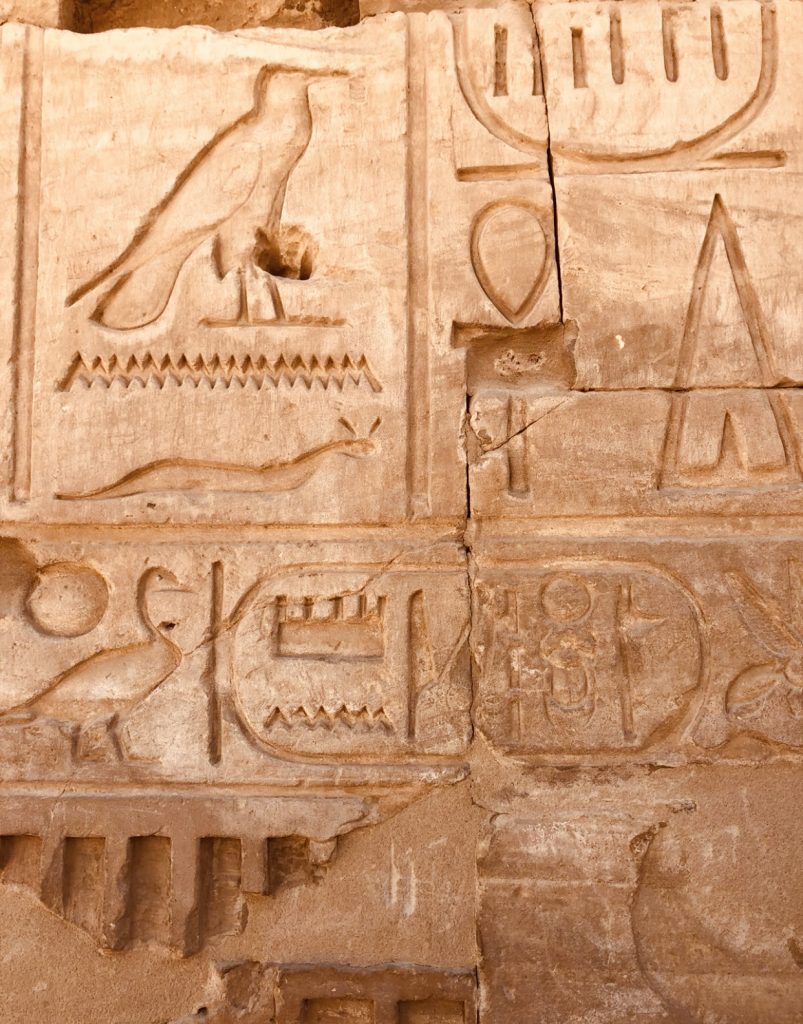
2.Valley of the Kings
A trip to the Valley of the Kings is a dream come true for all those fascinated by ancient Egyptian history, pharaohs, legends, archeology and adventure.
The Valley of the Kings (in Arabic: وادي الملوك Wadi Biban el-Muluk, “The Gates of Kings”) is a valley of Egypt where, over a period of almost 500 years (16th century BC – 11th century BC) Hr.) Were built tombs for the pharaohs and nobles of the New Egyptian Kingdom. The valley is located on the west bank of the Nile.
The area has been archaeologically researched since the late 18th century, and its graves are still being studied. The valley became famous after 1922 following the discovery of Tutankhamun’s tomb (with its “curse”).
At the beginning of the 20th century, American Theodore M. Davis received permission to explore the valley, and his team discovered several royal and noble graves (KV43, KV46 and KV57 being more important). In 1907 they discovered the possible hidden room from the Amarna period in KV55. After discovering Tutankhamen’s alleged mortal chamber (KV61), they announced that the valley is fully explored and new graves will not be discovered.
In November 1922, Howard Carter discovered the true tomb of Tutankhamun (KV62).
At the end of the century, the Theban Mapping Project rediscovered and explored the tomb KV5, which is probably the largest, with at least 120 rooms.
Almost all graves were robbed, including Tutankhamun’s, of which he was stolen a little. Several papyruses have been found describing the robbery’s processes, especially at the end of the twentieth dynasty. One of these papyruses (Mayer describes the looting of the tomb of Ramses VI, and is dated approximately from the 9th year of the reign of Ramses IX.
The Valley seems to have been robbed organized during the “virtual civil war”, which began during the time of Ramses XI.
Most of the tombs are not open to tourists (16 of them can be opened but very rarely at the same time), officials closing them for restoration work. Guides are not allowed to speak and visitors are asked not to make noise.
Photograph is also not allowed inside the tombs.
At present, it is still known that there would be tombs to be discovered.
It’s just fascinating.
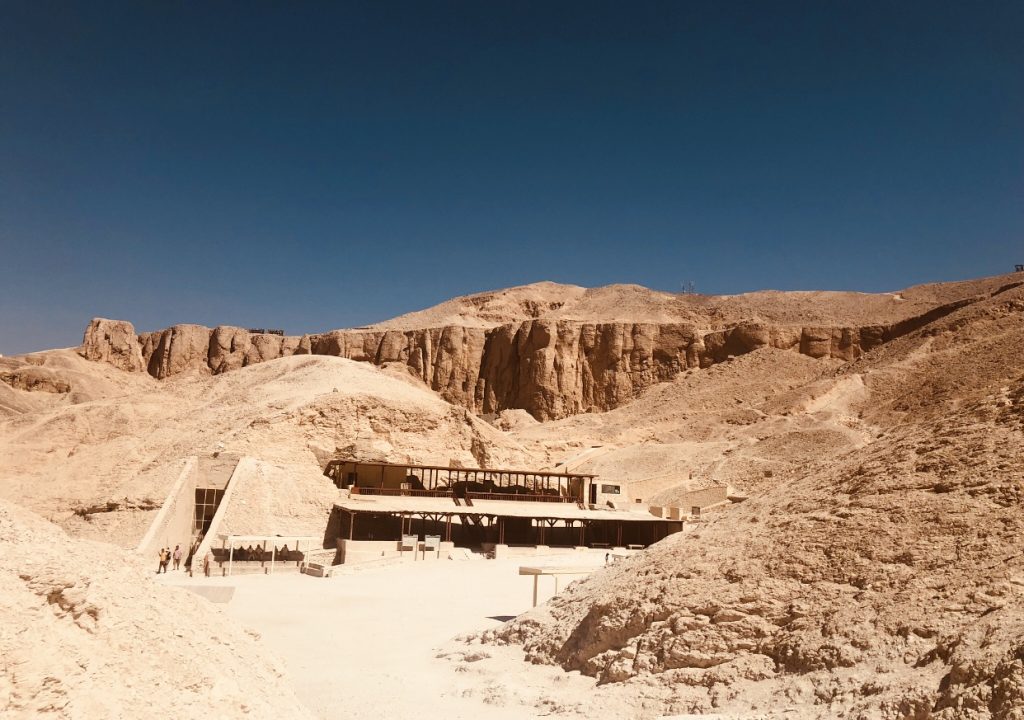
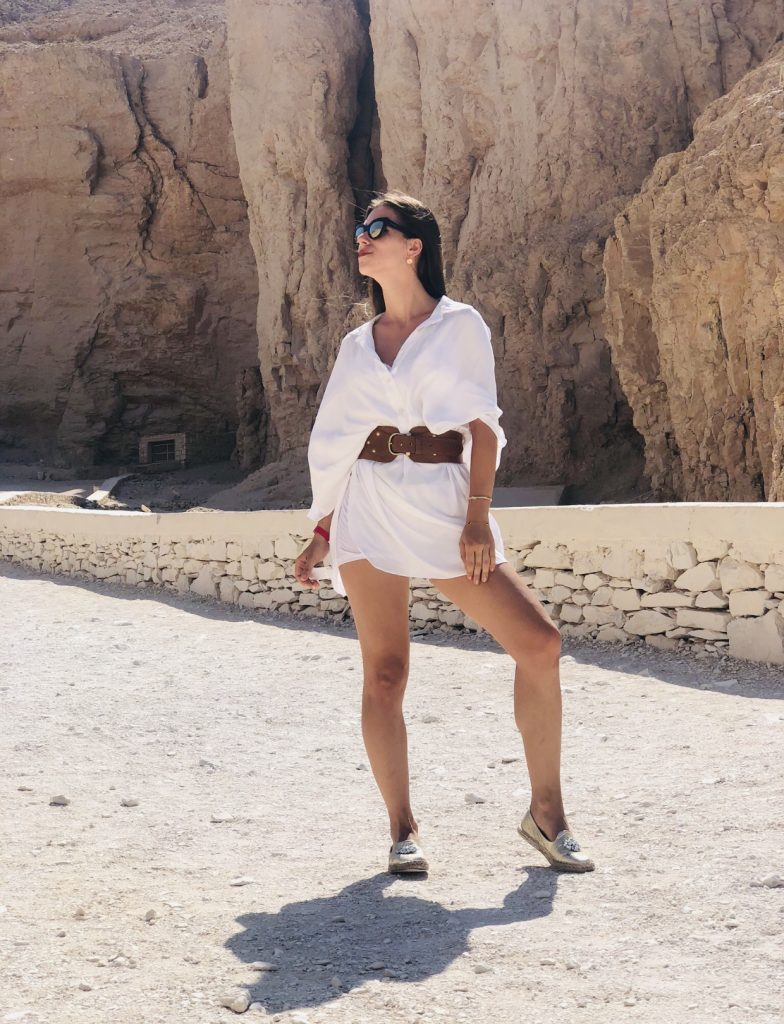
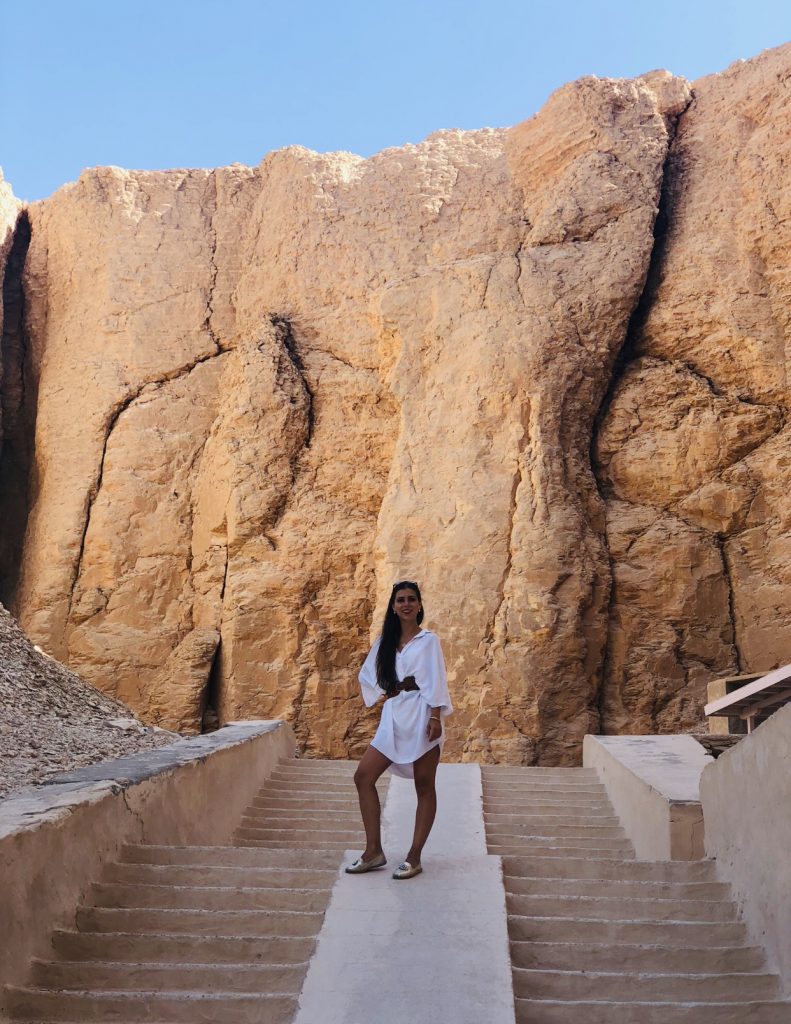
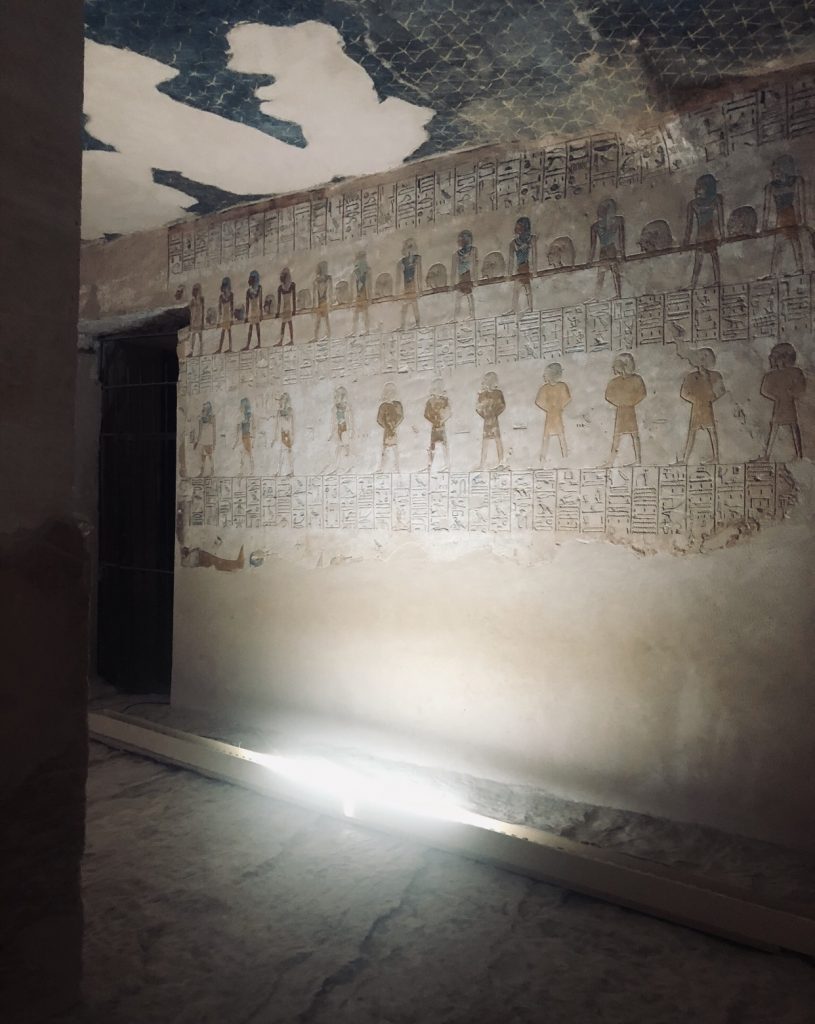
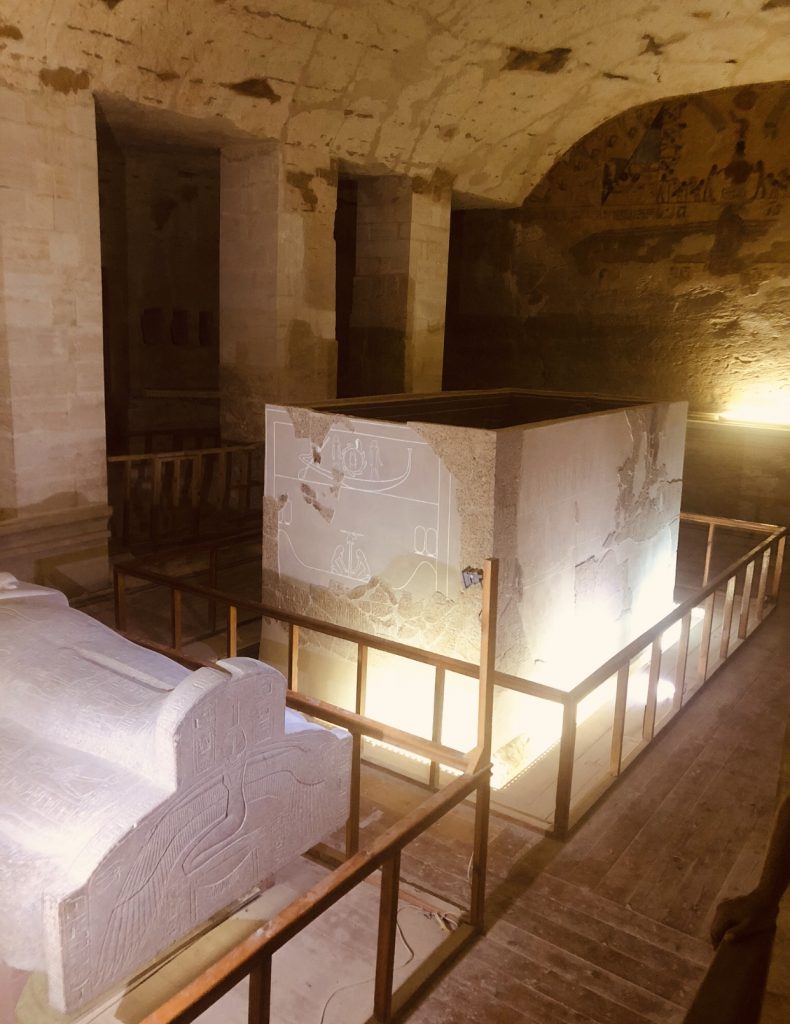
3. Temple of Queen Hatshepsut
It is one of the most imposing constructions of ancient Egypt. Located at the foot of the mountains, in a special natural setting. Hatshepsut, the wife of Thutmoses II, took power after his death as regent of the pharaoh child Thutmoses III. Although she officially ruled with the young Pharaoh, she actually strengthened her power and led the country alone for nearly 20 years, being considered one of the “most important pharaohs of the kingdom. There are many statues of the Queen embodied in the temple in the form of a man with a pharaoh and beard helmet.
4. Colossus Memnon
They represent two massive stone statues of Pharaoh Amenhotep III.
The twin statues present the pharaoh in a seated position, with his hands on his knees and his gaze facing east towards the river. These were actually the entrance gate of Amenhotep’s memorial temple, a massive construction made during the Pharaoh’s life, where he was revered as a god coming to Earth. When it was built, the temple was the largest and most opulent in Egypt, although very few things from the old opulence are still visible today. The annual floods of the Nile swallowed the construction that the ancient Egyptians later decided to demolish and rebuild the stone blocks for other buildings. The only spared things were the two statues that today are not in a very good condition.
There is an interesting legend behind the name of this monument. In 27 BC, a great earthquake broke the northern colony. After the rupture, the remaining half of this statue began to produce a strange musical sound, usually at dawn, a phenomenon most likely caused by the high temperatures that cracked the pieces of rock left inside. However, the Greeks and Romans who heard the sound gave, precisely, the name of the Memnon statue. Memnon was a hero of the Trojan War, King of Ethiopia, who was eventually killed by Achilles. Memnon was said to be the son of Eos, the goddess of dawn, and after his death, it was said that his mother was tearing tears or dew drops every morning. The “singing” of the statues was attributed to her mourning mother for the loss of her son. Many early visitors did not even know that these statues represented an ancient Egyptian pharaoh.
5. Banana Island
A Nile cruise is always a good idea. This cruise targeted the banana island. Here was a banana plantation where we could admire some crocodiles, monkeys and where we ate freshly picked fruits (bananas, mangoes, dates).
6. Our trip included a stop at the Papyrus Factory
Here I found out how papyrus was made and I could buy original papyrus. An exciting excuse for us, which for them means profit.
7. Another stop was at the Alabaster Factory.
All of this was very interesting and I received all the open minded information.
This was our trip to Luxor, we did not visit the Luxor Temple, we could only admire it outside because it was not included in the tour. When choosing your trip, be very careful about all the details if you want to miss something.
This architectural symphony has left us breathless, Egypt is gorgeous, we have felt wonderful and nothing compares with the sunrise there.
They are very poor and sorry for what you see on the streets, but the culture and history they have is the greatest wealth.
We felt very good and safe in Egypt and enjoyed almost everything he had to offer.
In the next article we talk about the trip to Cairo.
Enjoy!


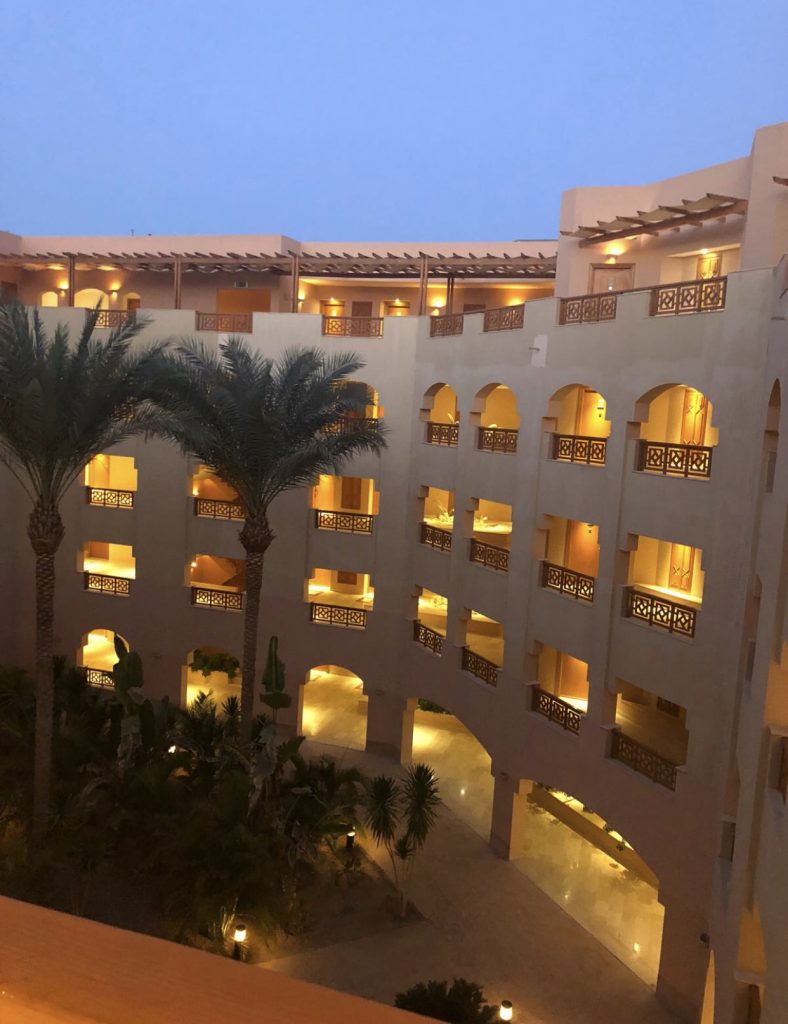
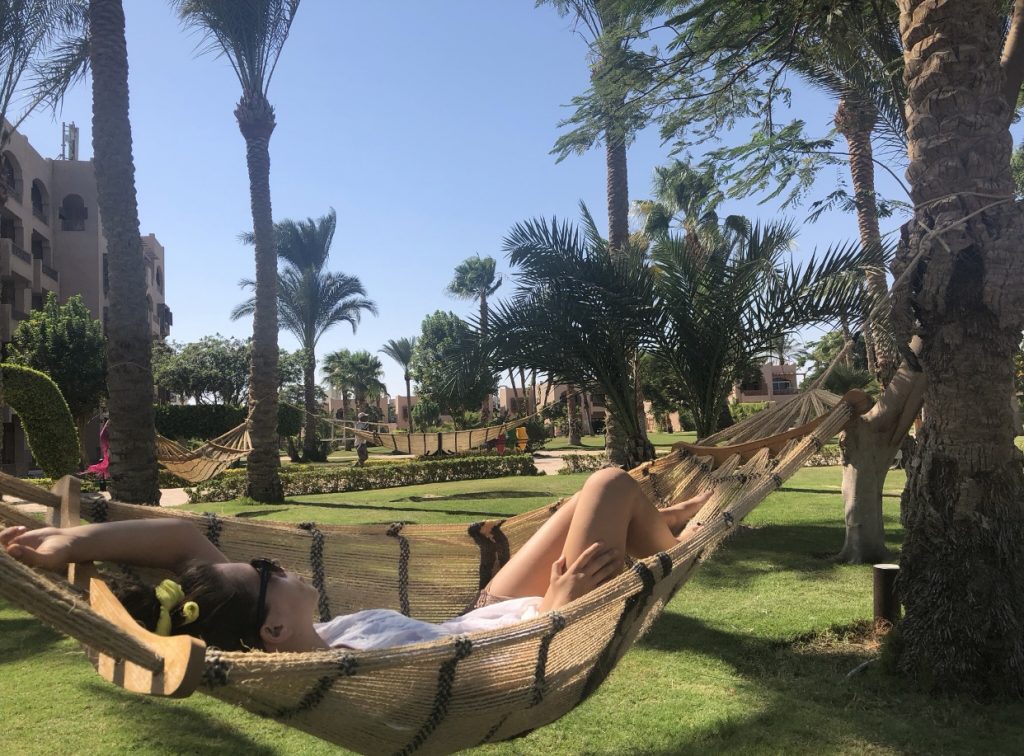
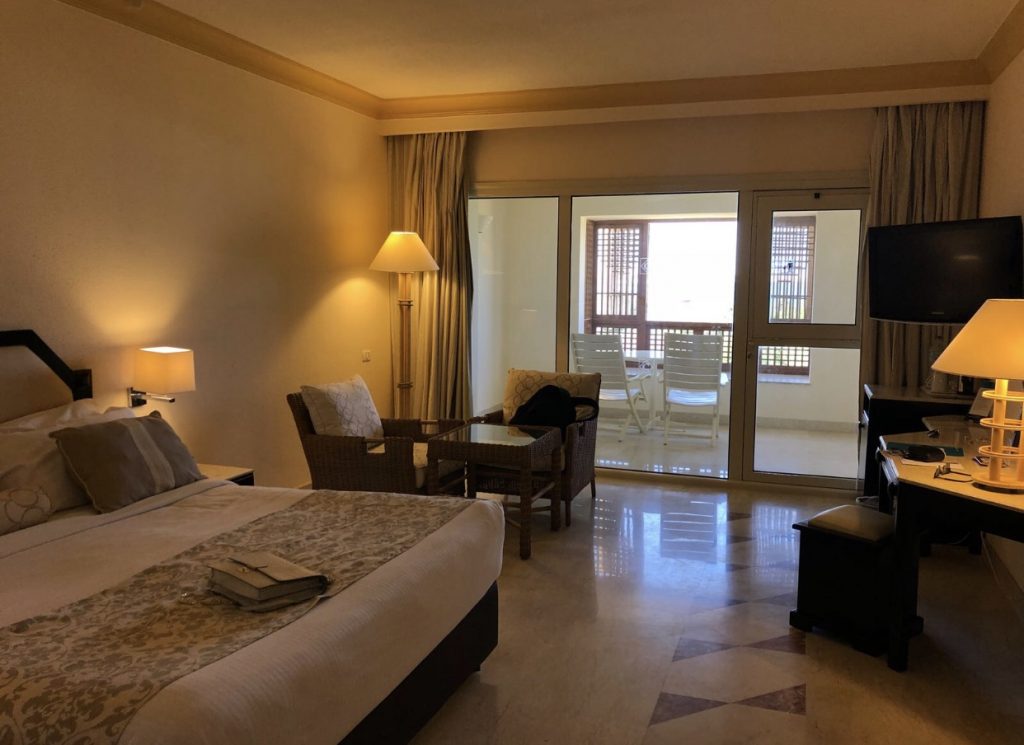
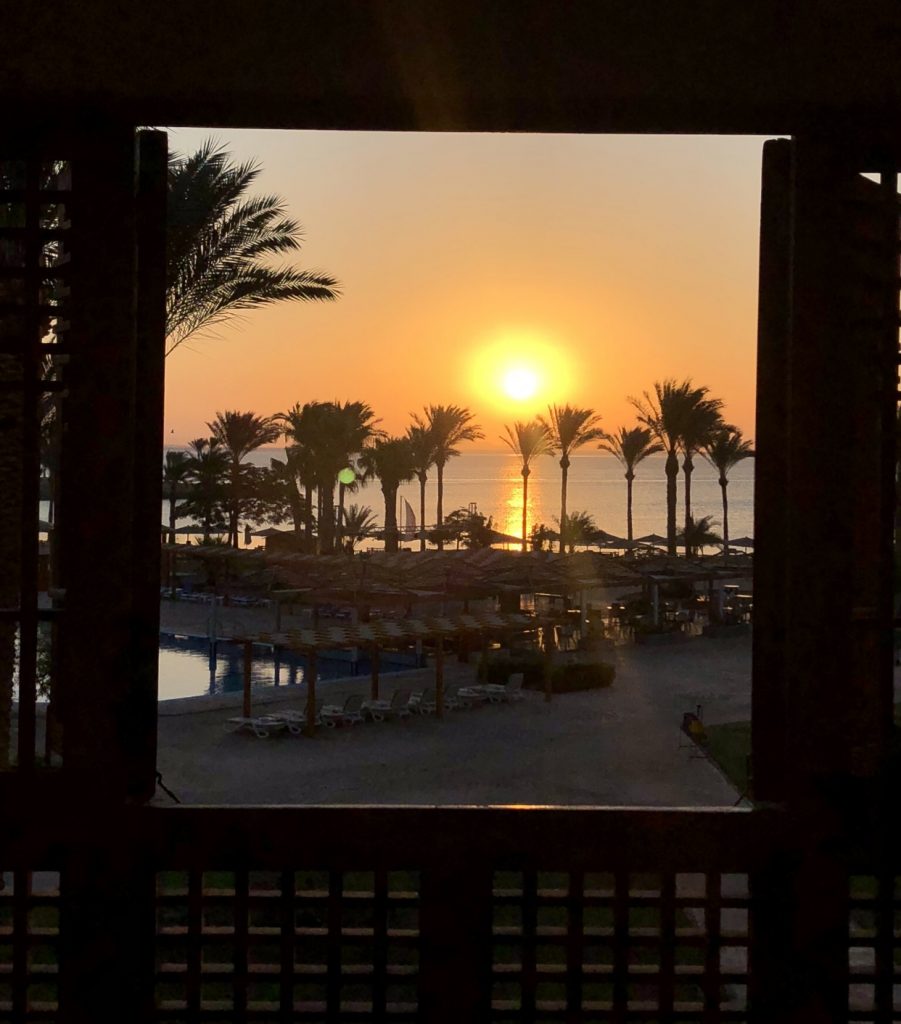
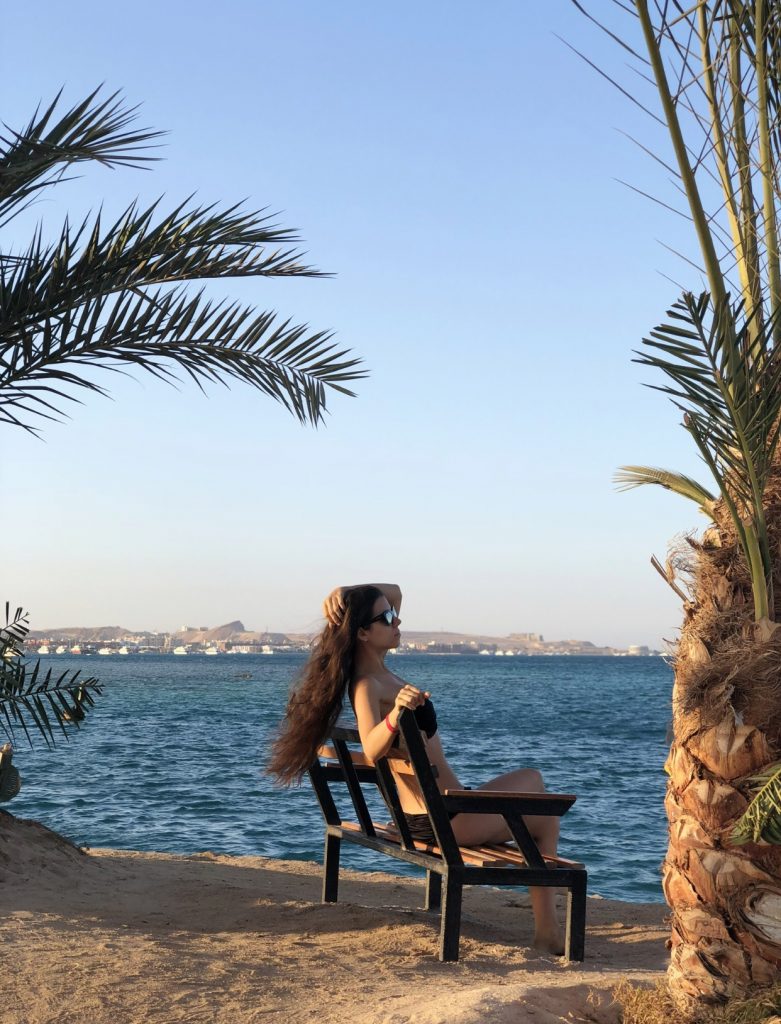
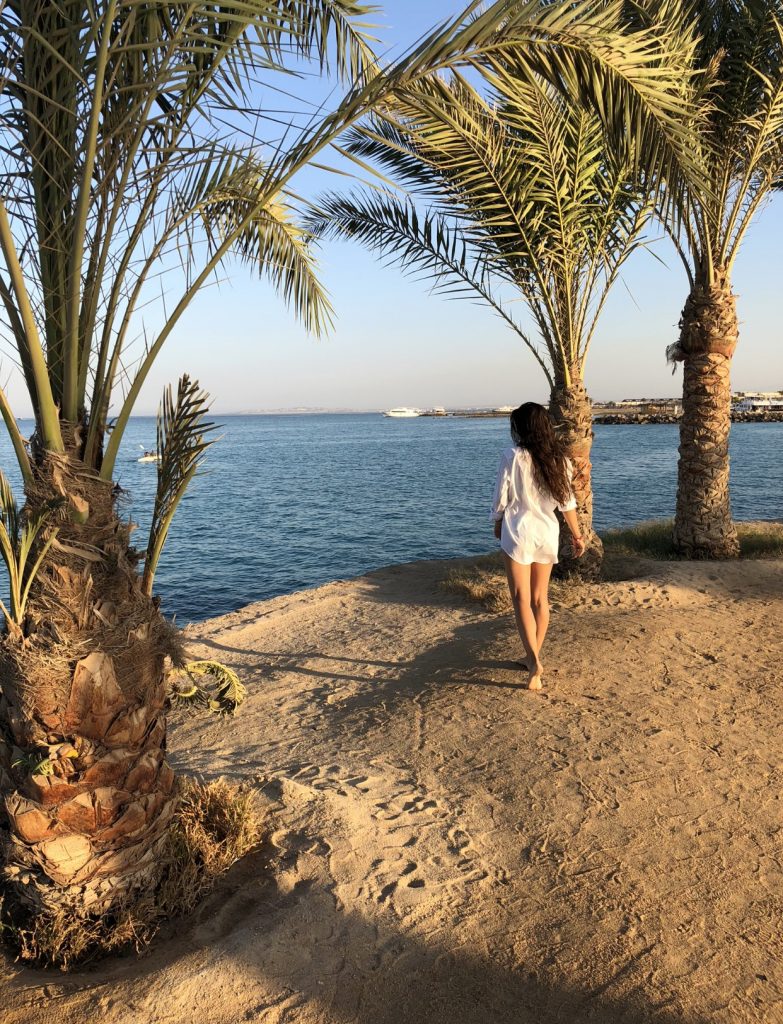
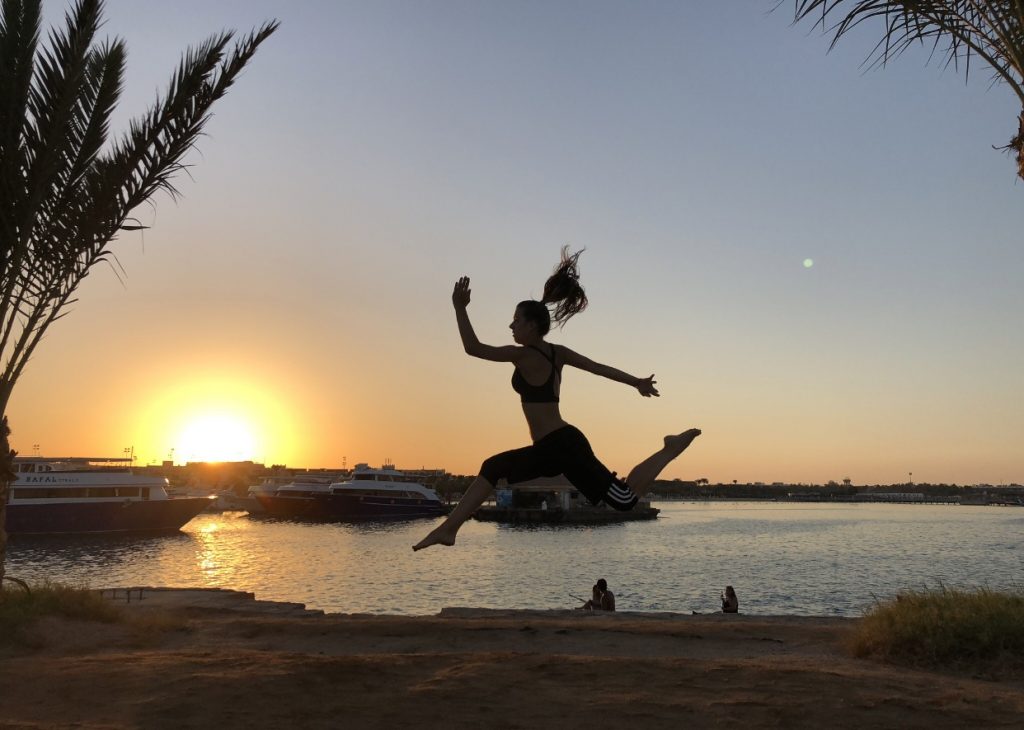
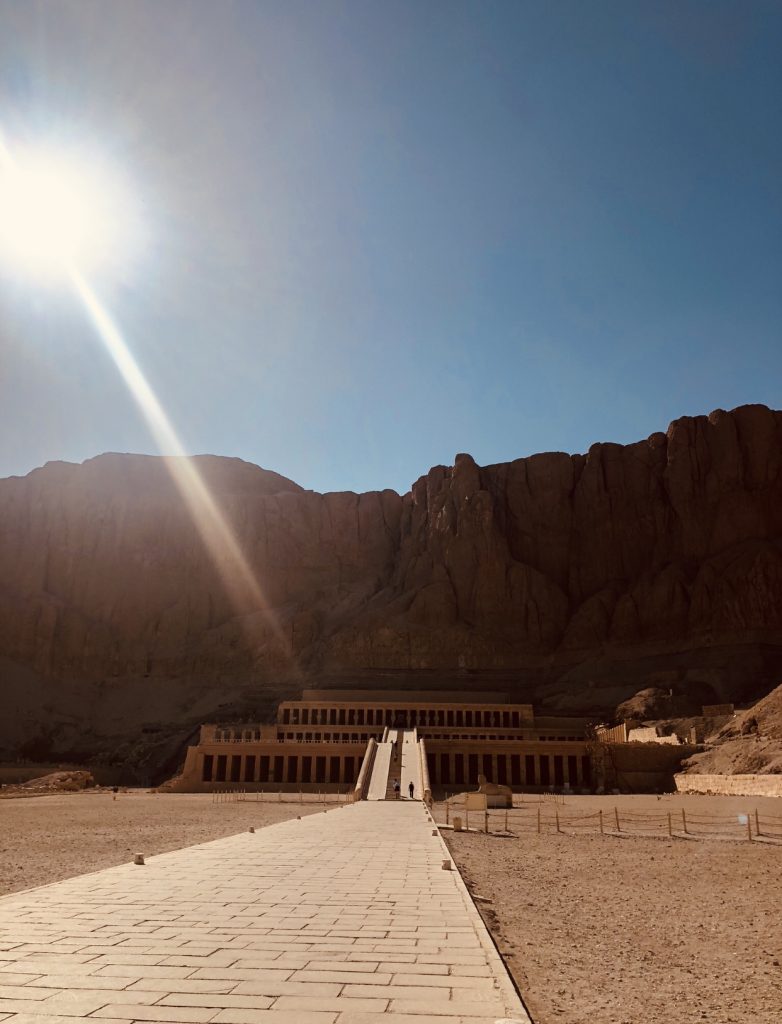
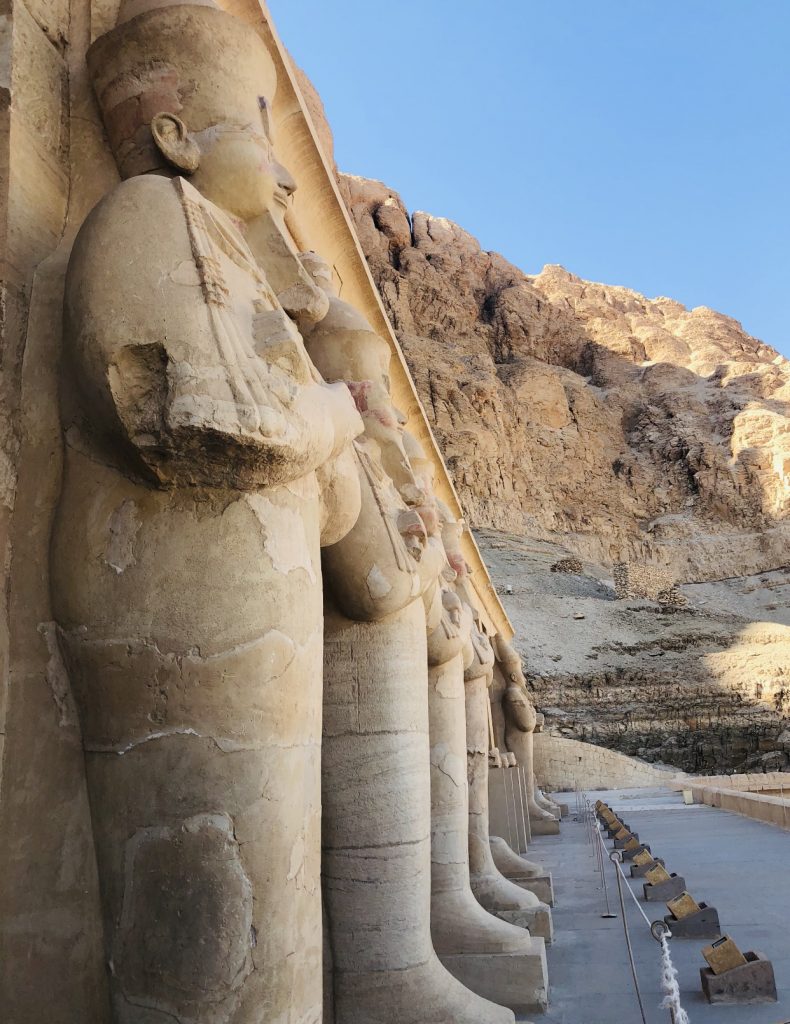
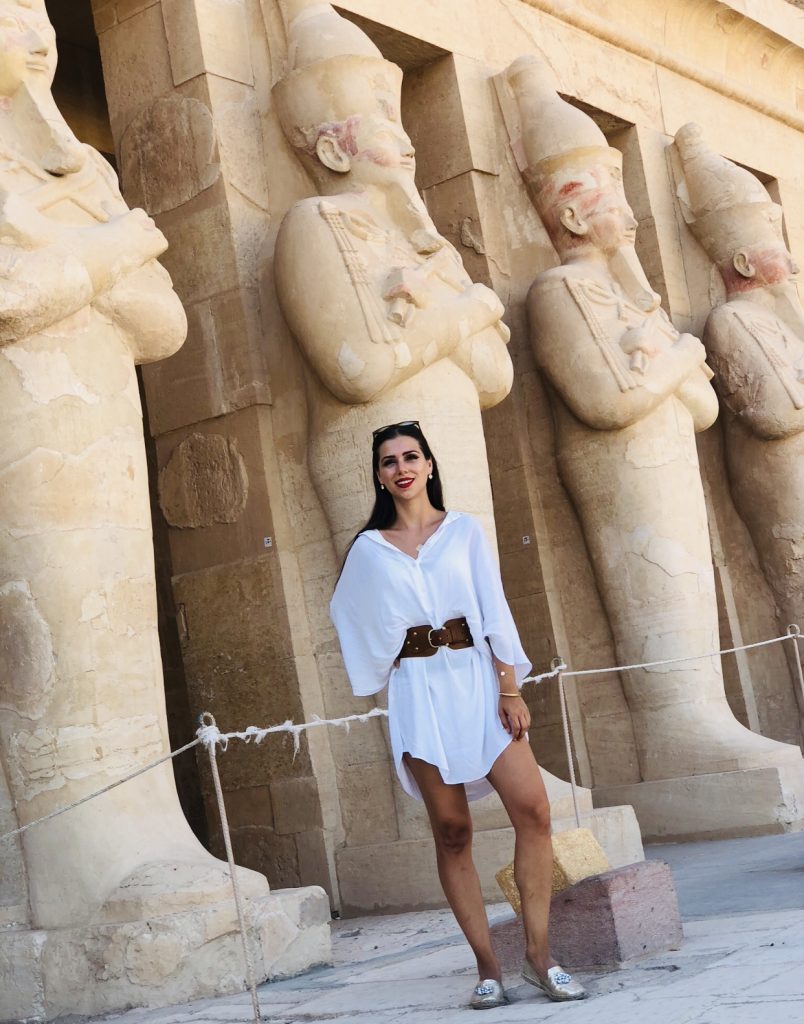
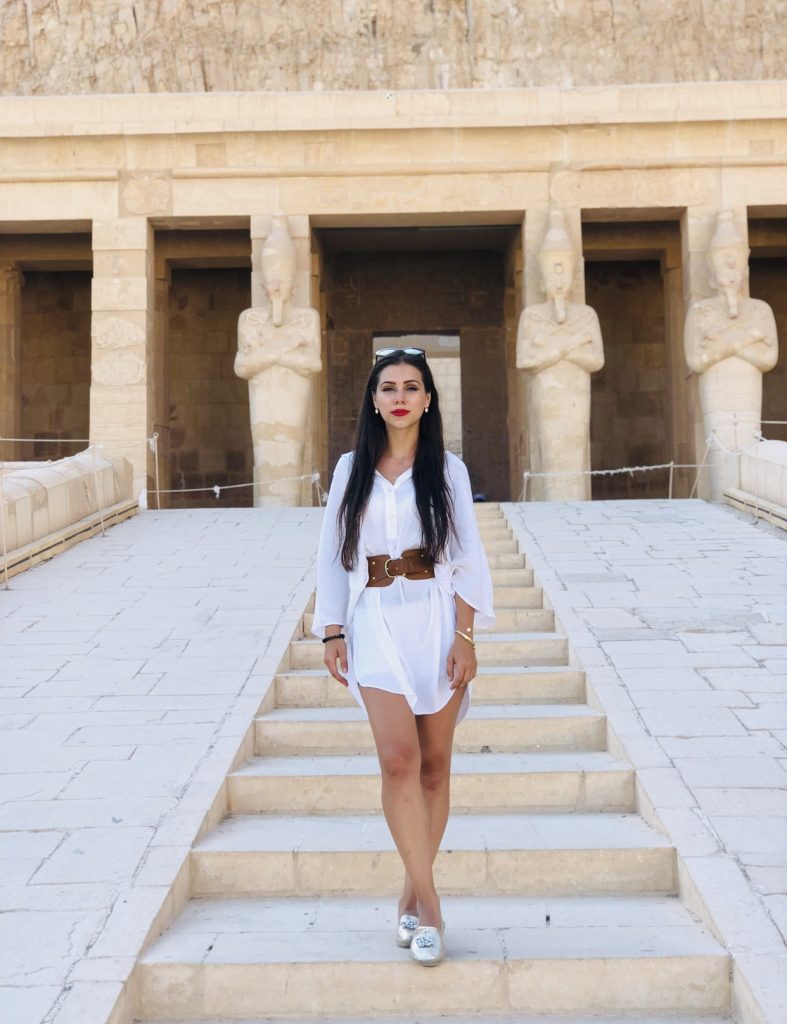
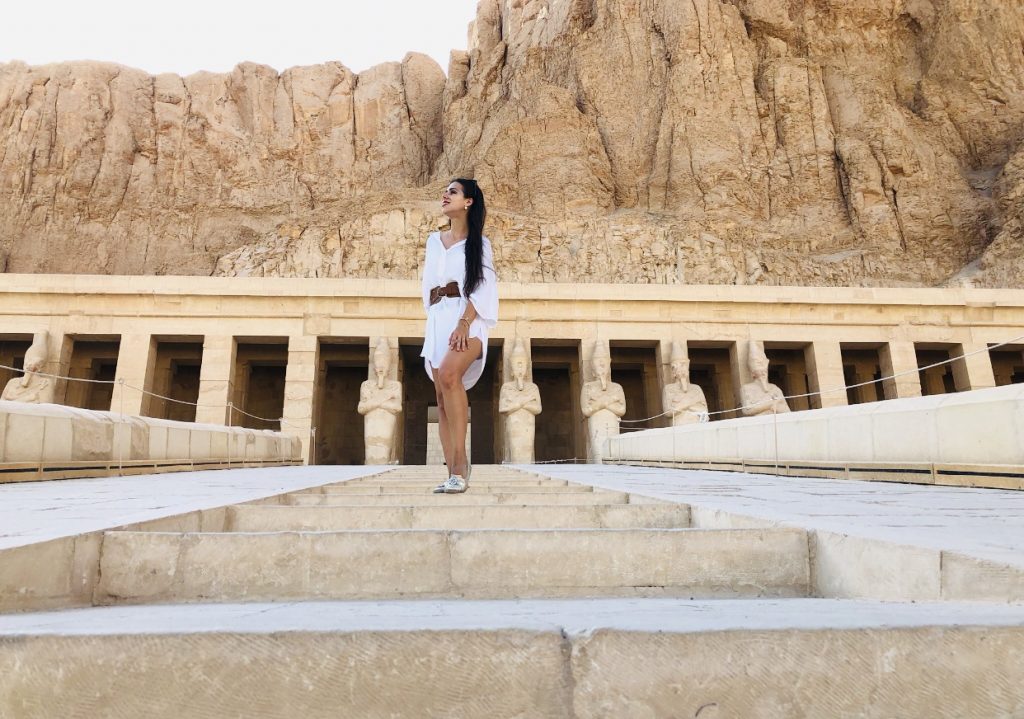
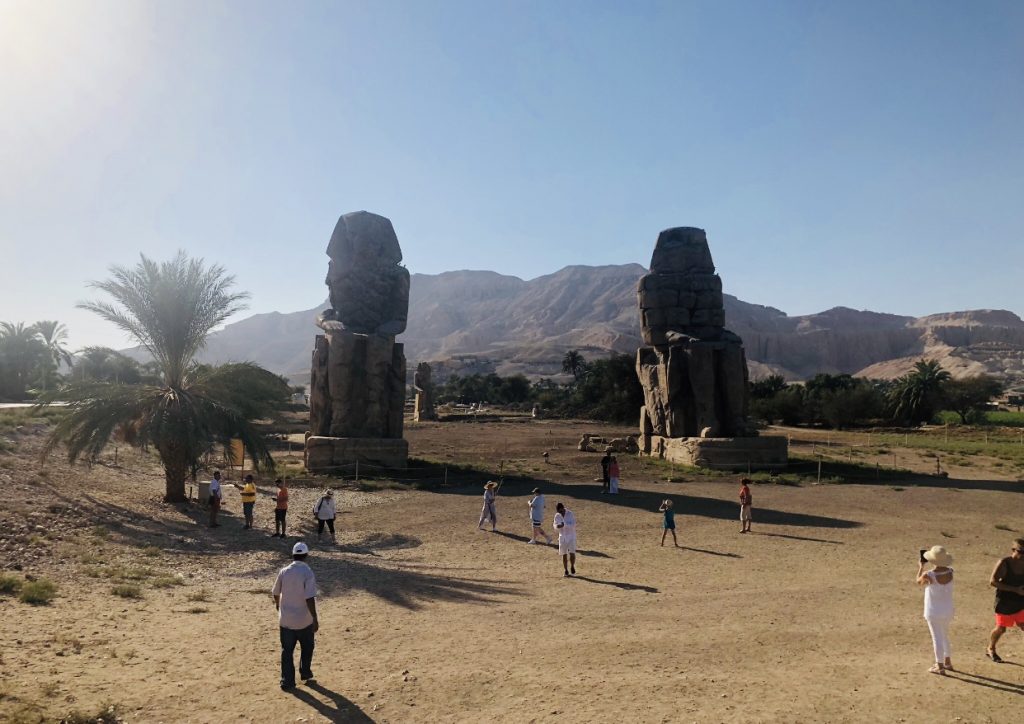
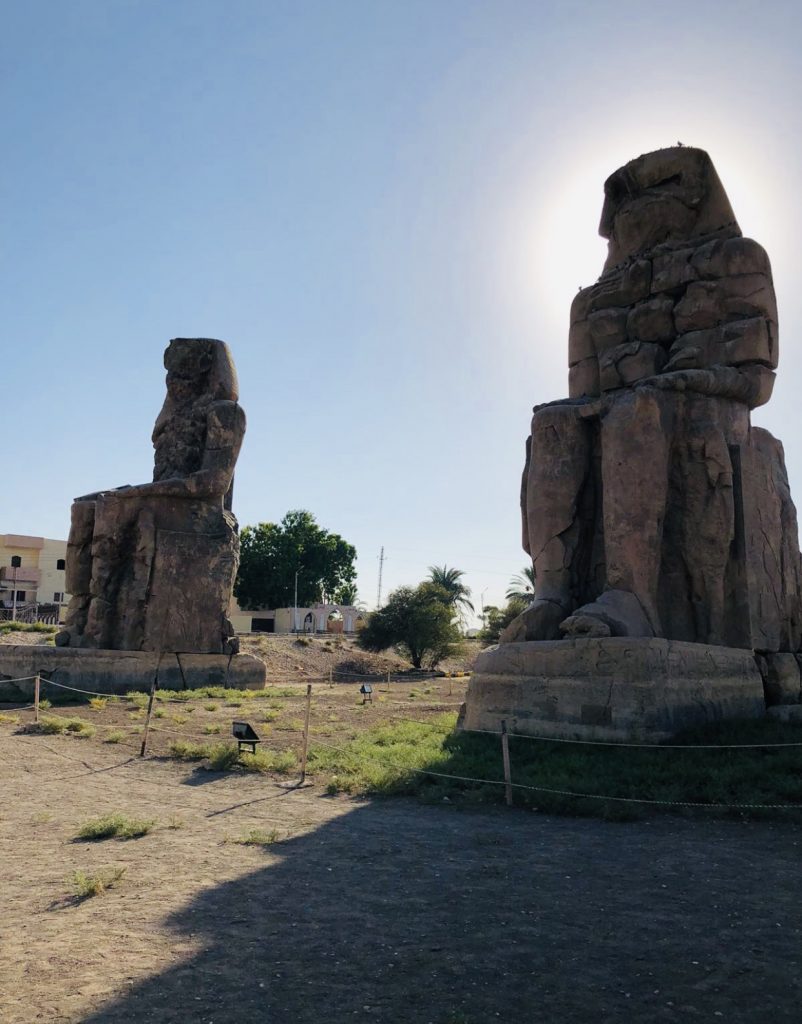
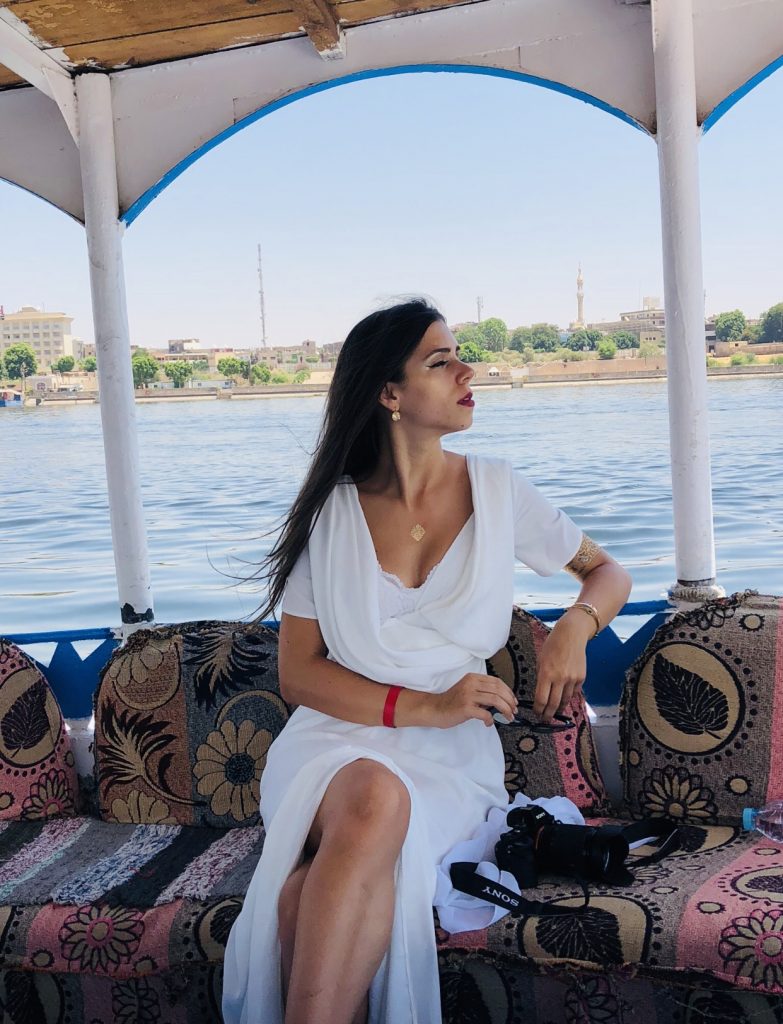

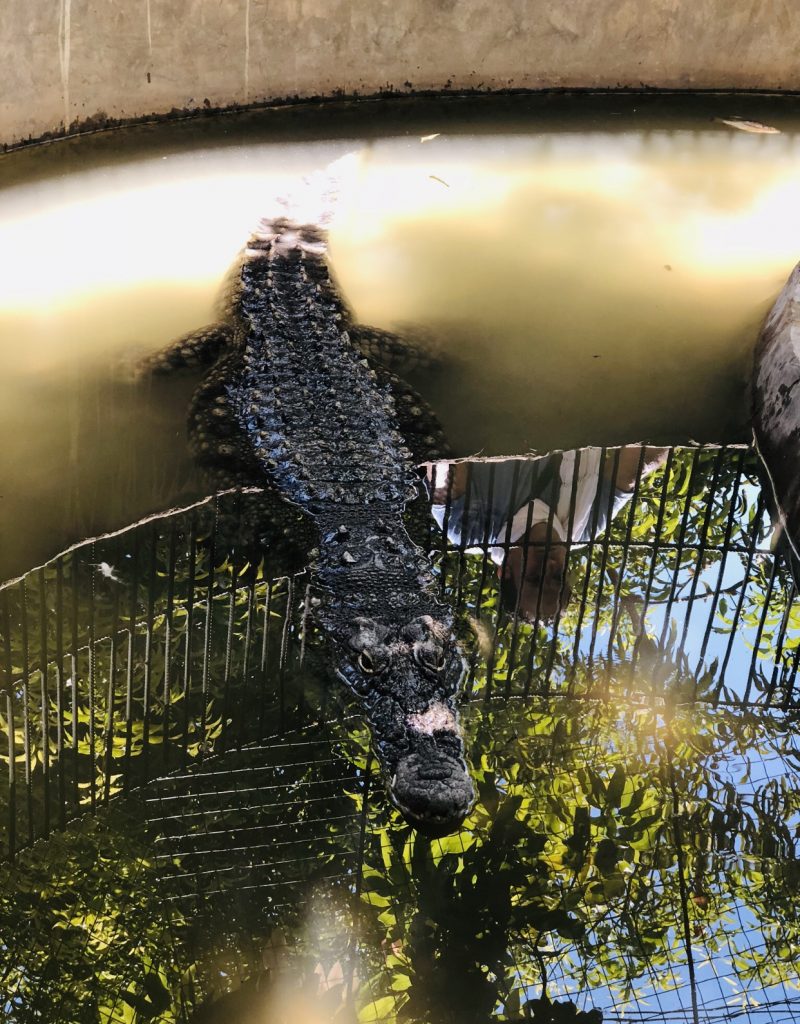

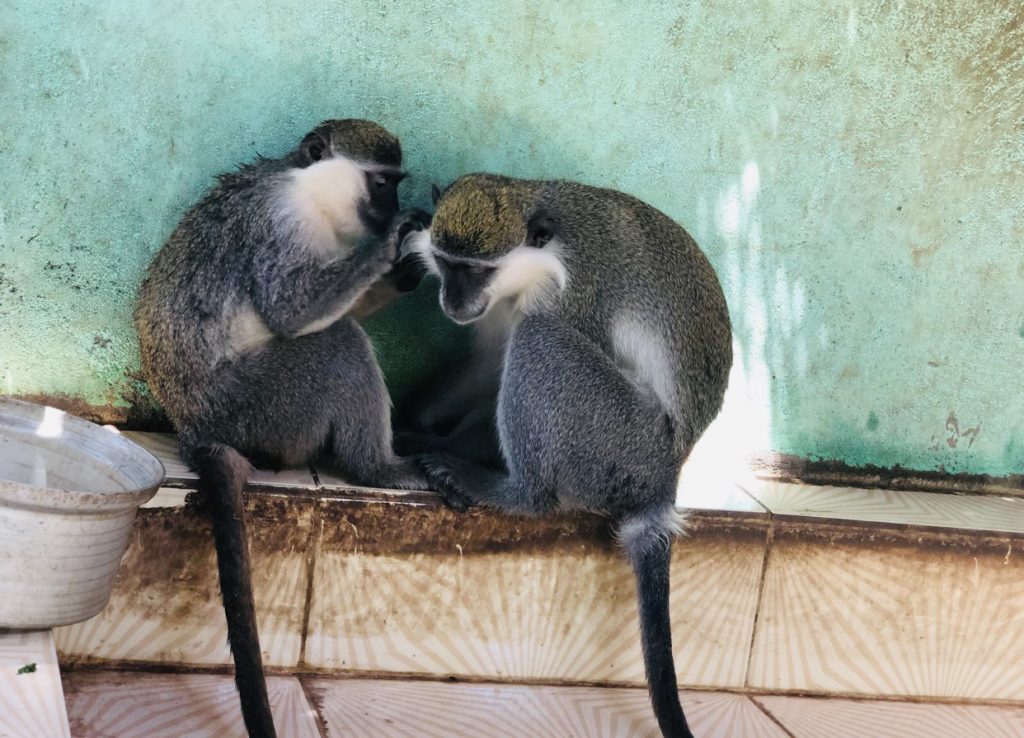
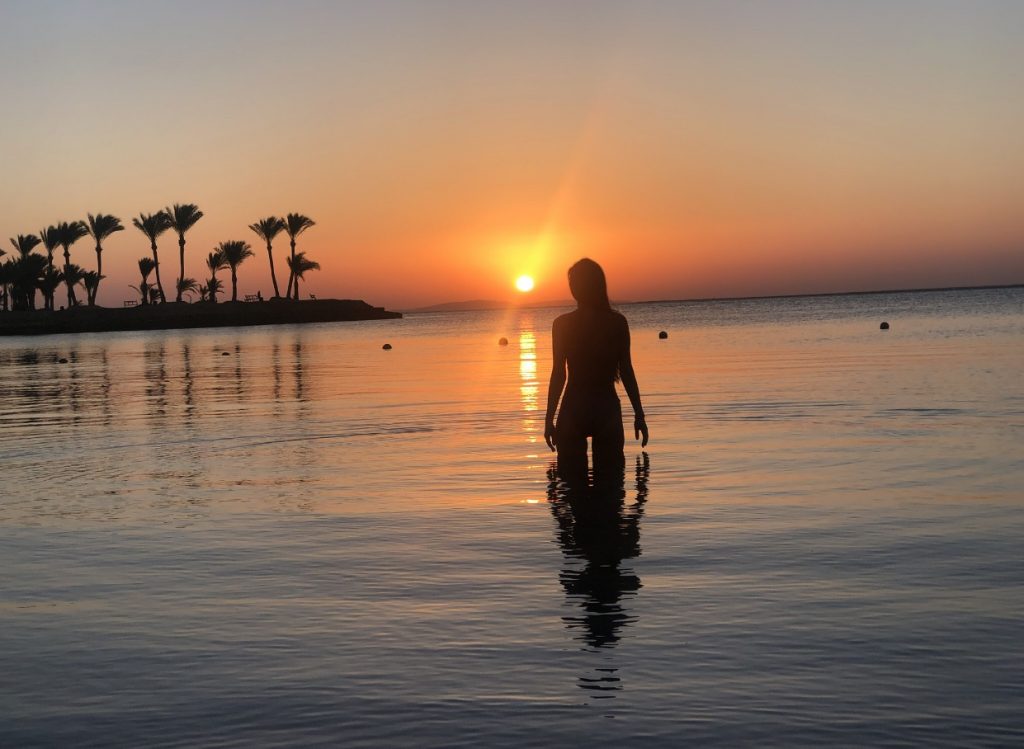
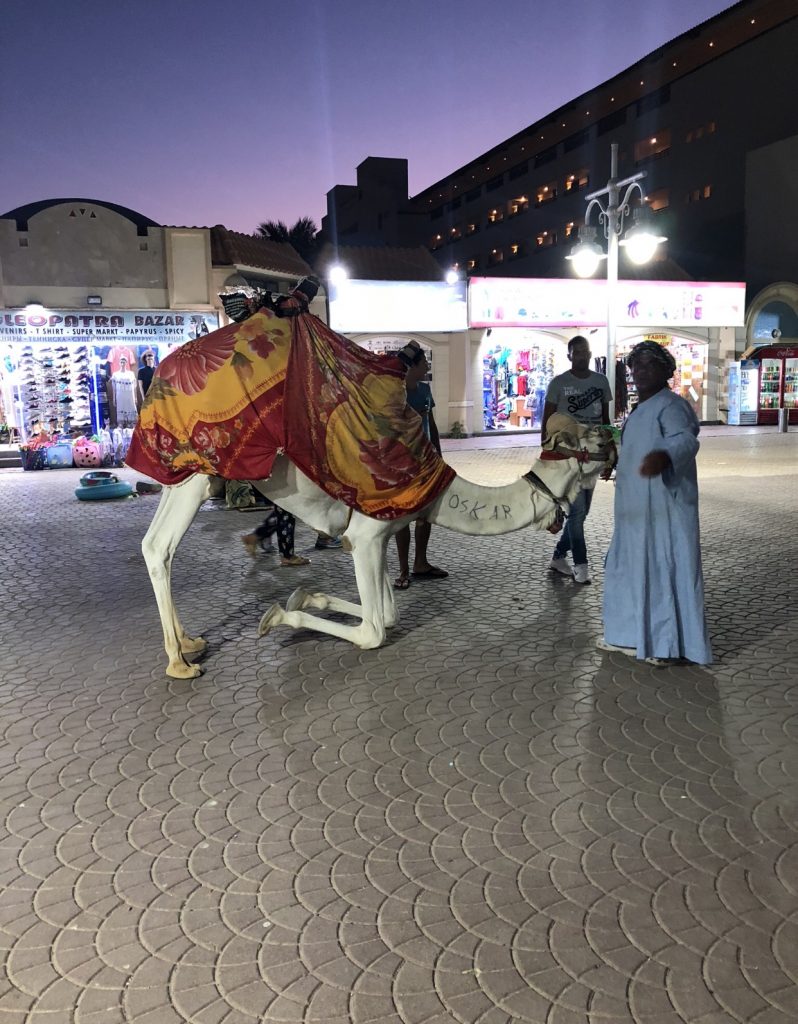
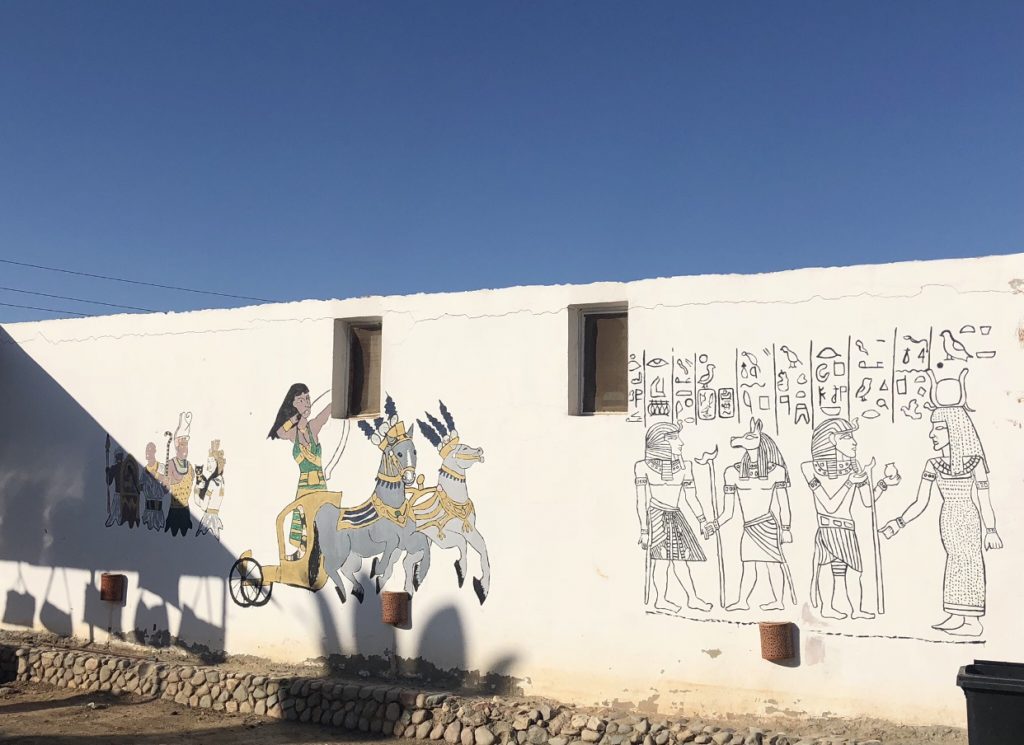

No Comments